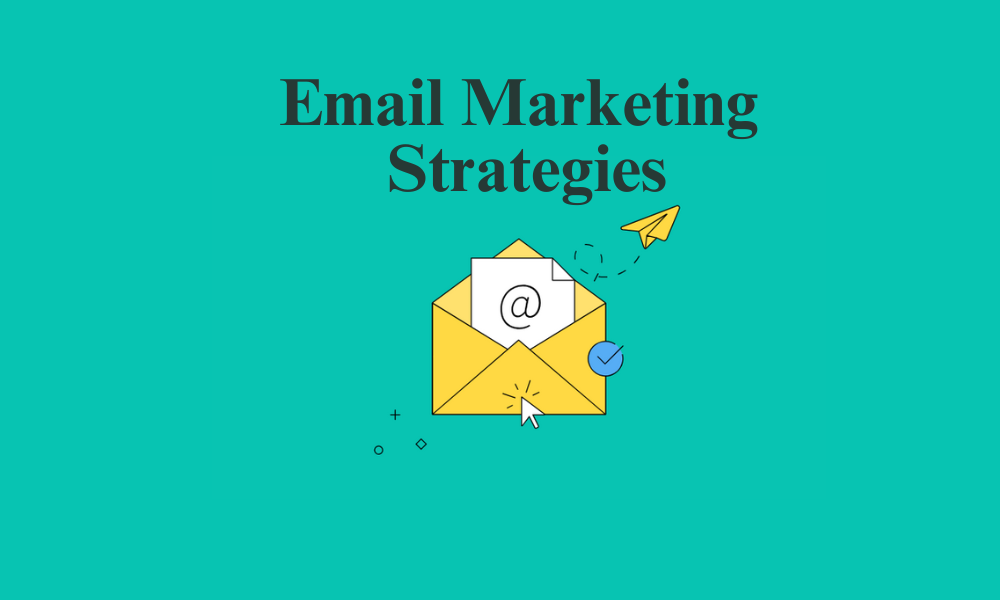Email marketing is a powerful tool that can help businesses connect with their audience in a personalized and impactful way. Despite the rise of social media and other digital marketing channels, email remains one of the most effective ways to reach customers. In this article, we’ll demystify email marketing by exploring some of the best practices and techniques you can use to optimize your campaigns.
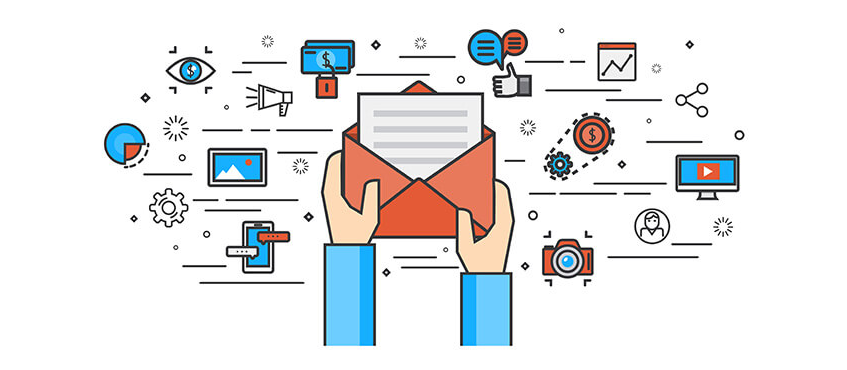
Understanding Email Marketing
Email marketing involves sending emails to a group of people with the goal of promoting products, sharing news, or building relationships. It’s an essential component of any digital marketing strategy because it allows for direct communication with your audience.
Unlike social media, which relies on algorithms to reach users, email marketing ensures your message lands directly in your subscribers’ inboxes.
Benefits of Email Marketing
The benefits of email marketing are numerous. It’s cost-effective, highly targeted, and provides measurable results. Emails can be personalized to speak directly to the recipient, increasing engagement and conversion rates. Additionally, email marketing has a high return on investment (ROI), often outperforming other digital marketing channels.
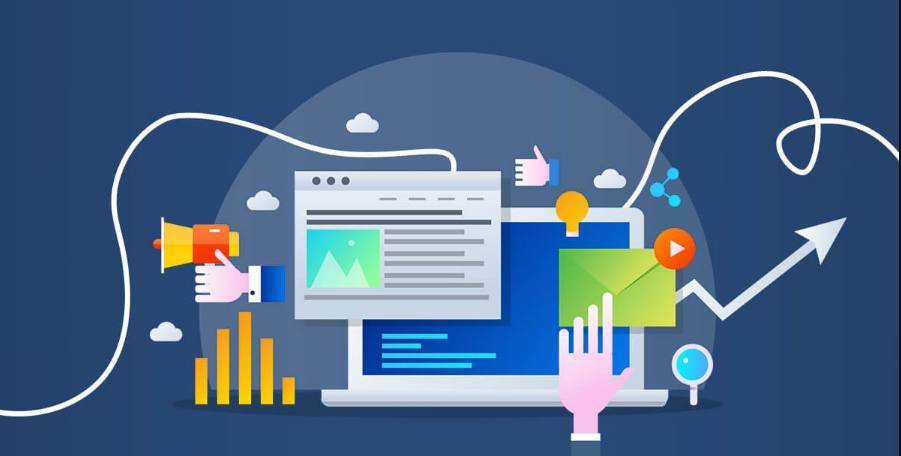
Building Your Email List
A quality email list is the foundation of successful email marketing. Without a strong list of engaged subscribers, even the best email content will fall flat.
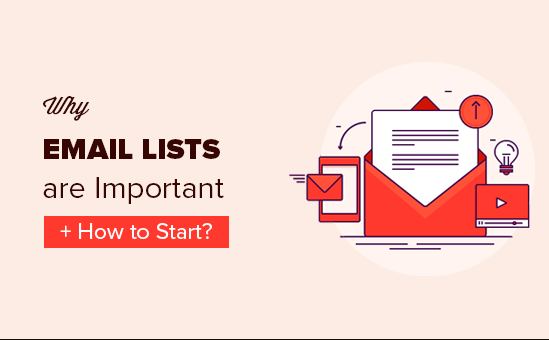
Email Marketing Techniques for Email List
To grow your email list, start by offering valuable content or incentives in exchange for email addresses. This could be an eBook, a discount code, or access to exclusive content. Use sign-up forms on your website and social media channels, and consider running paid ads to drive traffic to your sign-up page.
1. Crafting Engaging Email Content
The content of your emails is crucial to their success. From the subject line to the body text, every element should be crafted to engage and convert your audience.
2. Writing Compelling Subject Lines
Your subject line is the first thing recipients see, and it determines whether they’ll open your email. Keep it short, relevant, and intriguing. Use action verbs and ask questions to spark curiosity.
3. Personalizing Your Emails
Personalization goes beyond using the recipient’s name. Segment your audience based on their interests and behavior, and tailor your messages accordingly. Personalized emails can significantly boost engagement and conversion rates.
4. Creating Valuable Content
Your email content should provide value to your readers. This could be in the form of useful information, entertaining stories, or exclusive offers. Always focus on what’s in it for the reader.
5. Segmentation and Targeting
Segmentation involves dividing your email list into smaller groups based on specific criteria. This allows you to send more relevant and personalized messages to each group.
Benefits of Automation
Automation saves time and ensures consistency in your communication. It also helps nurture leads and move them through the sales funnel more efficiently.
| Benefit | Description |
| Time Savings | Automation performs repetitive tasks quickly, freeing up time for employees to focus on more strategic and creative work. |
| Consistency | Ensures uniformity in communication, reducing the risk of errors and maintaining a consistent brand voice across all channels. |
| Efficiency | Speeds up processes by handling tasks automatically, which reduces manual intervention and accelerates workflows. |
| Lead Nurturing | Automates the process of nurturing leads, providing timely and relevant information to prospects, which helps in building relationships and trust. |
| Sales Funnel | Moves leads through the sales funnel more efficiently by automating follow-ups, reminders, and personalized communications based on lead behavior. |
| Cost Reduction | Lowers operational costs by reducing the need for manual labor and minimizing the risk of human error, leading to more cost-effective operations. |
Popular Automation Tools
There are many tools available for email automation, including Mailchimp, HubSpot, and Active Campaign. These platforms offer a range of features to help you automate and optimize your email marketing efforts.
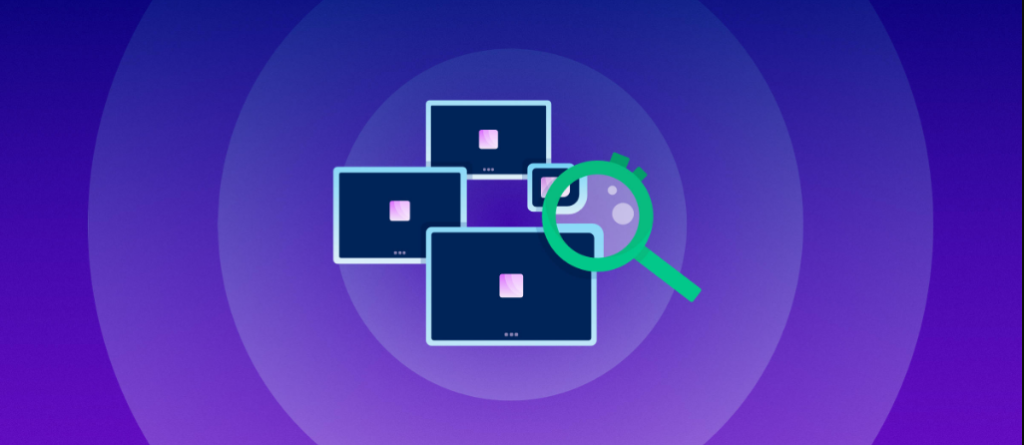
A/B Testing Your Emails
A/B testing, or split testing, involves sending two versions of an email to a small portion of your list to see which one performs better.
Conclusion
Email marketing is a powerful tool that, when used correctly, can drive significant results for your business. By following these best practices and techniques, you can create engaging, effective email campaigns that resonate with your audience and drive conversions through email marketing. Remember, the key to successful email marketing is continuous improvement—always test, analyze, and refine your approach.
Read more : Mastering Social Media Marketing: Strategies for Success
FAQs
To grow your email list, offer valuable incentives such as eBooks, discount codes, or exclusive content in exchange for email addresses.
Increase open rates by crafting compelling subject lines that are short, relevant, and intriguing.
Popular email automation tools include Mailchimp, HubSpot, and Active Campaign.
A/B testing, or split testing, is crucial because it allows you to compare two versions of an email to see which one performs better.

